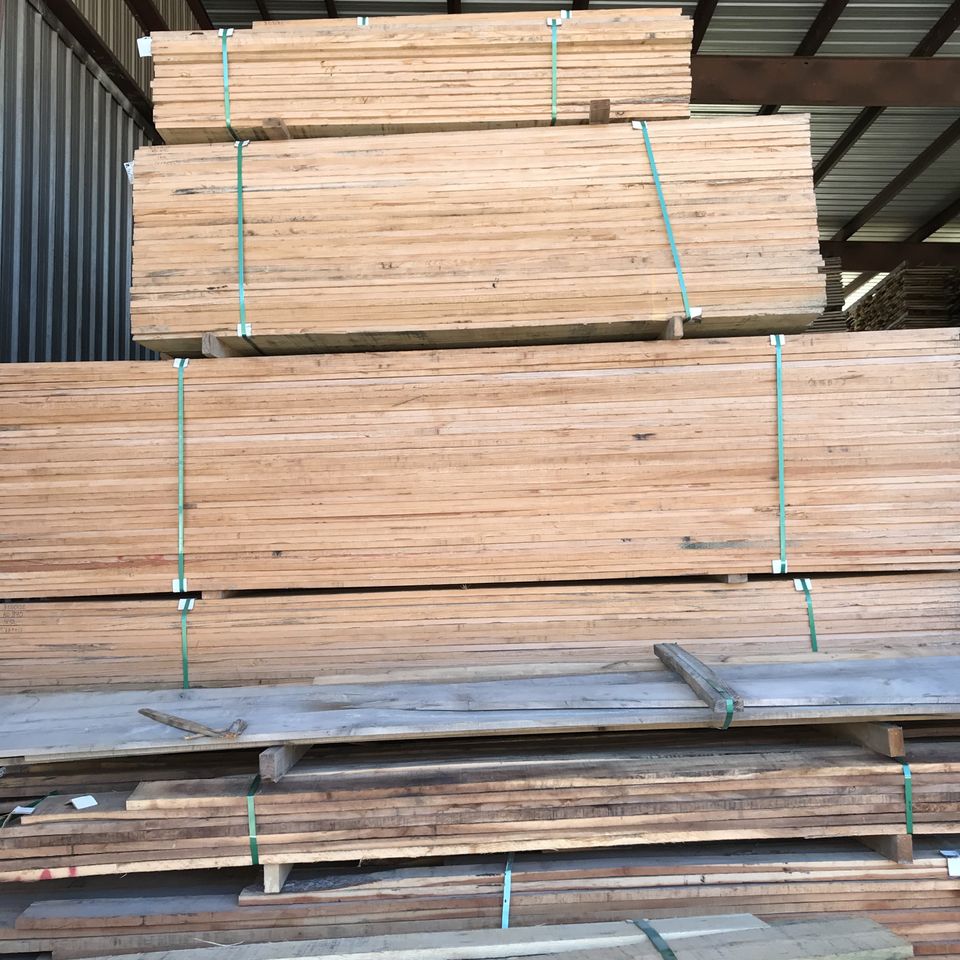Did you know?
Cypress Lumber and Boards
What did Noah’s Ark and the first doors of St. Peter’s Basilica in Rome have in common? Legend has it that both were made of the durable wood we know as cypress. In fact, it’s said that the doors of the original St. Peter’s were more than 1,100 years old when the building was torn down and reconstructed in the 1500s. When it comes to recommending a product based on its strength and good looks, cypress is hard to beat.
People who work with cypress on a regular basis say the wood’s natural durability is a plus for exterior applications. Because cypress generates cypressene, its own preservative oil, its heartwood is naturally resistant to insects, decay, chemical corrosion and other damaging elements. For this reason, the wood has long been a favorite choice for long-wearing outdoor applications such as fence posts, telephone poles, pilings, docks and railroad ties.
Cypress also is an exceptionally stable wood, which makes it highly resistant to splitting and warping. Dimensional stability also enables the wood to readily accept paints and stains, although many people select cypress siding for the natural appeal of its honey-like hues, which can be maintained with a clear sealer or permitted to weather to a dark grey.
Cypress is also well-suited for interior applications, as architects, designers and homeowners throughout the country are discovering. The wood’s versatility makes it ideal for interior paneling and millwork, as well as cabinets, decorative beams, built-in furniture, railing and more. When used for indoors, cypress typically displays a predominantly yellow tone, with reddish, chocolate or olive hues.
Southern Cypress Manufacturers Association




